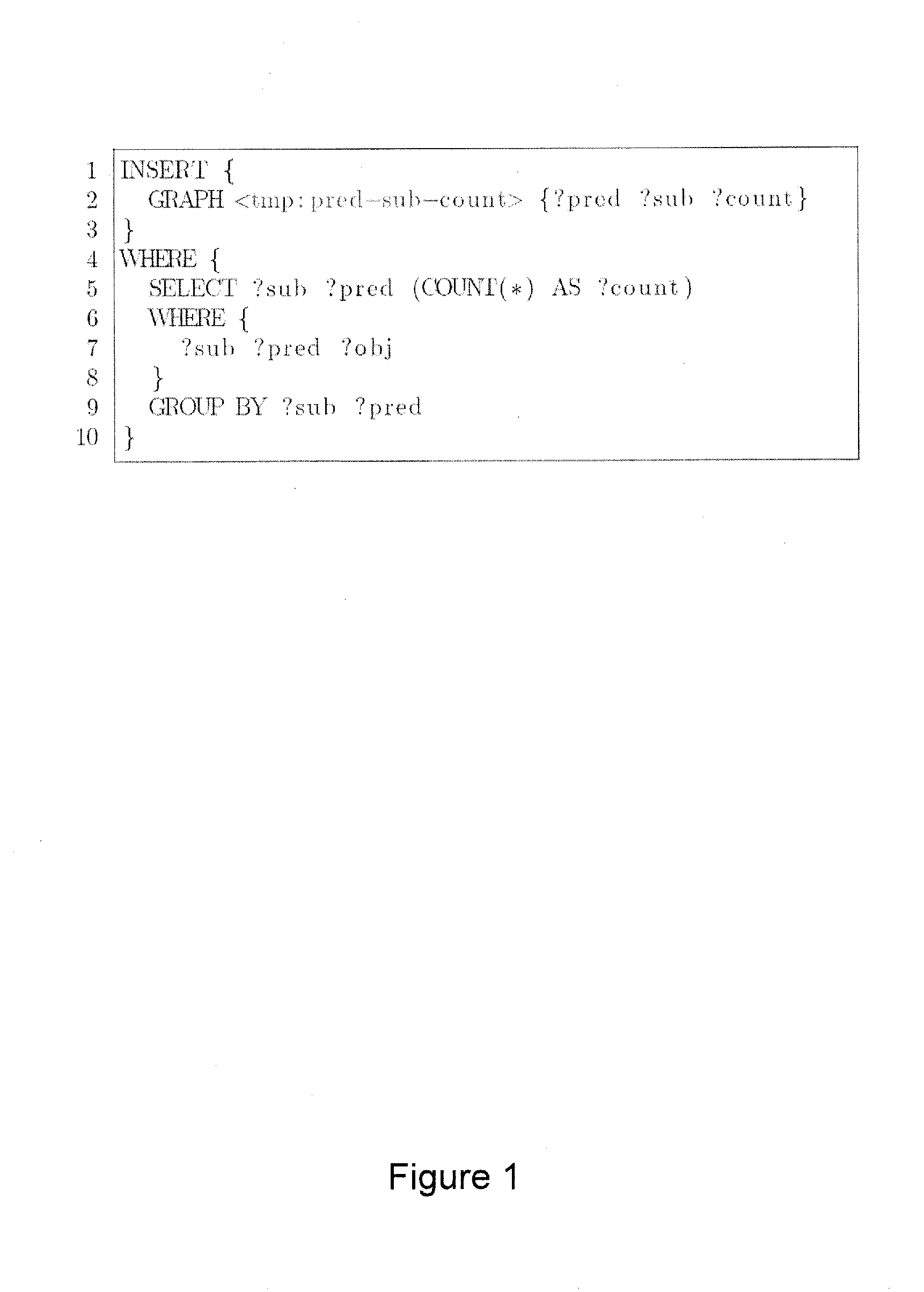Processing associations in knowledge graphs
a technology of knowledge graphs and associations, applied in the field of processing associations in knowledge graphs, can solve problems such as difficult navigation and searching the www, push the problem of searching to the user, and information generated by keyword-based searches often return results that are not relevant or reliabl
- Summary
- Abstract
- Description
- Claims
- Application Information
AI Technical Summary
Benefits of technology
Problems solved by technology
Method used
Image
Examples
Embodiment Construction
[0029]This disclosure describes systems and processes (referred to as system(s)) that combine graph-theoretic methods with automatic data integration of big data through the Semantic Web. The systems identify the state of the art in the physical, biological, social, and information domains. This means that the systems can accelerate discovery in areas as diverse as personalized healthcare, cyber security, counterterrorism, drug discovery and development, fraud and risk analysis, marketing, law enforcement, etc. The systems identify hidden and non-obvious connections in big data that can lie in common or disparate remote domains and deliver results quickly and simply by building a schema free graph relationship warehouse that supports inferences, deductions, pattern-based queries, and intuitive visualizations rendered via displays. The systems identify and create relationships dynamically as data sources are added by incrementally fusing structured, semi-structured, and un-structured...
PUM
 Login to View More
Login to View More Abstract
Description
Claims
Application Information
 Login to View More
Login to View More - R&D
- Intellectual Property
- Life Sciences
- Materials
- Tech Scout
- Unparalleled Data Quality
- Higher Quality Content
- 60% Fewer Hallucinations
Browse by: Latest US Patents, China's latest patents, Technical Efficacy Thesaurus, Application Domain, Technology Topic, Popular Technical Reports.
© 2025 PatSnap. All rights reserved.Legal|Privacy policy|Modern Slavery Act Transparency Statement|Sitemap|About US| Contact US: help@patsnap.com



